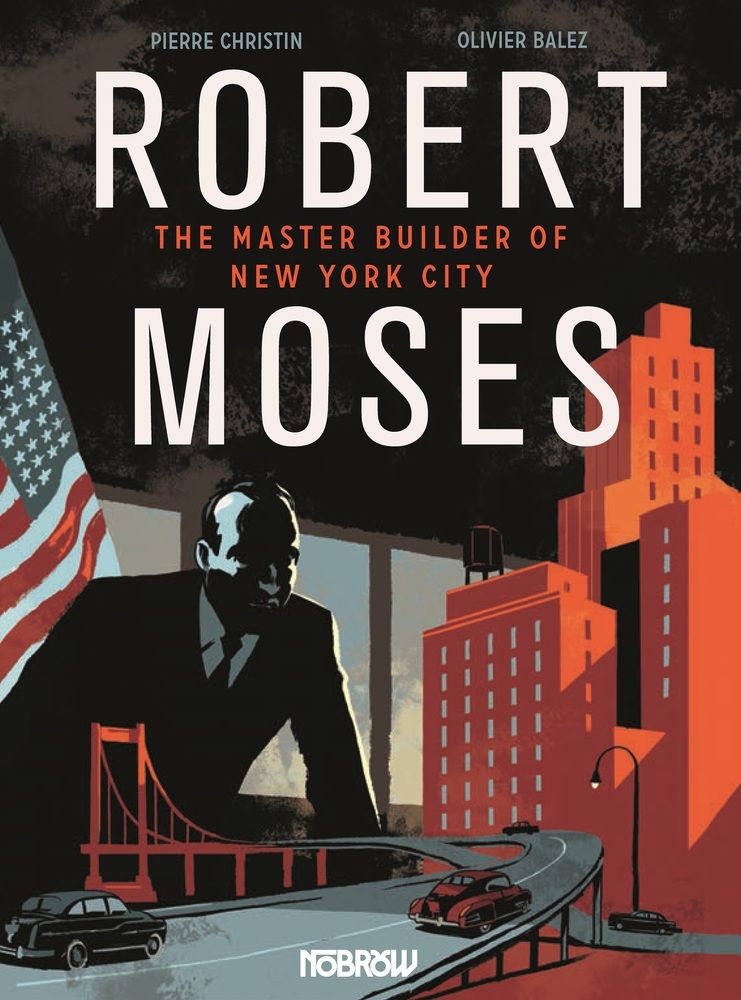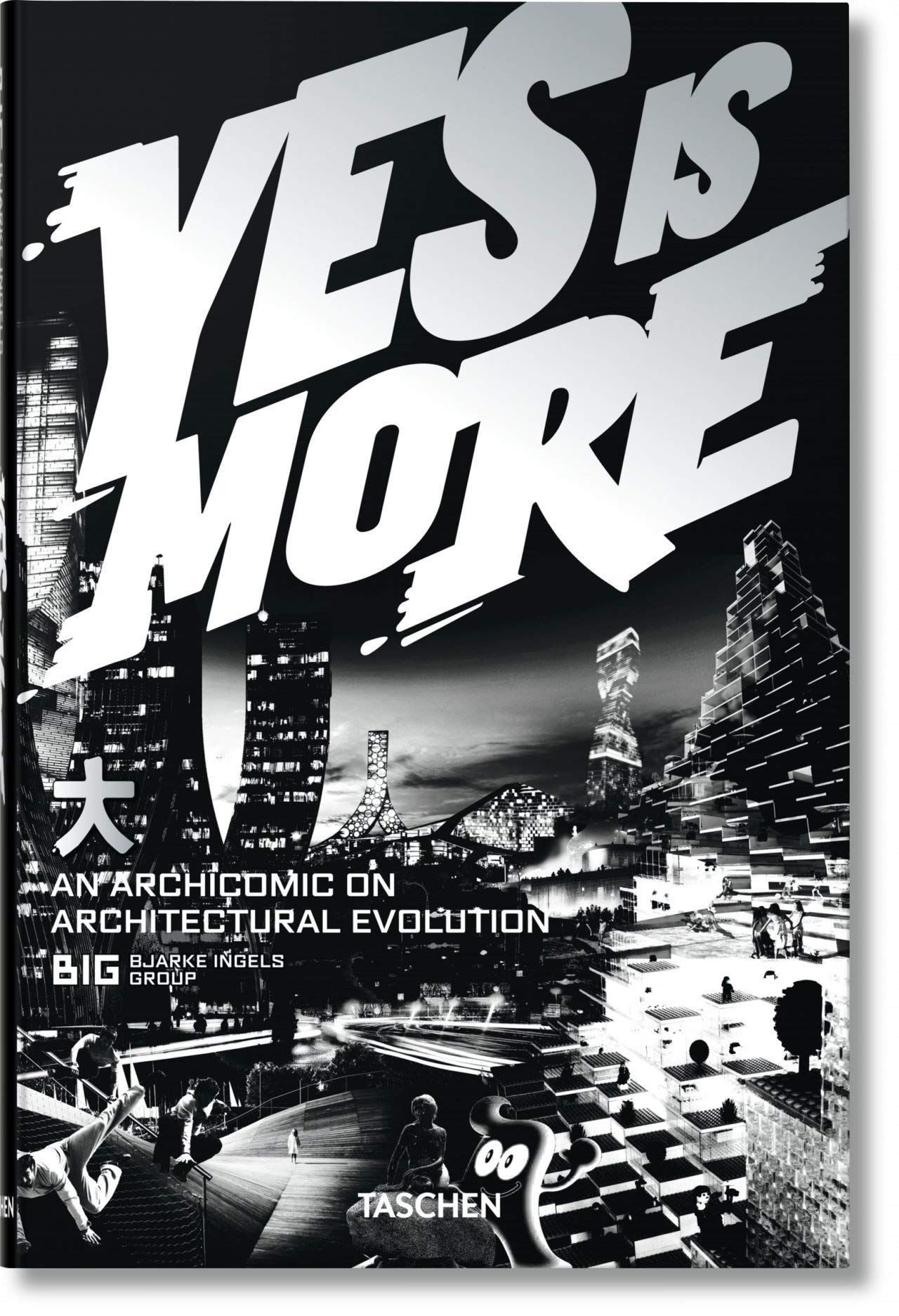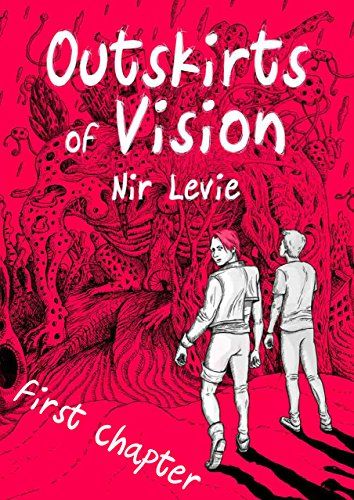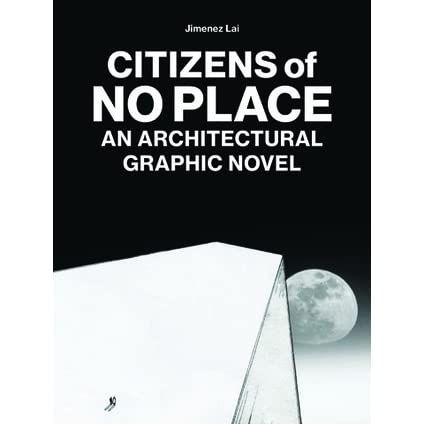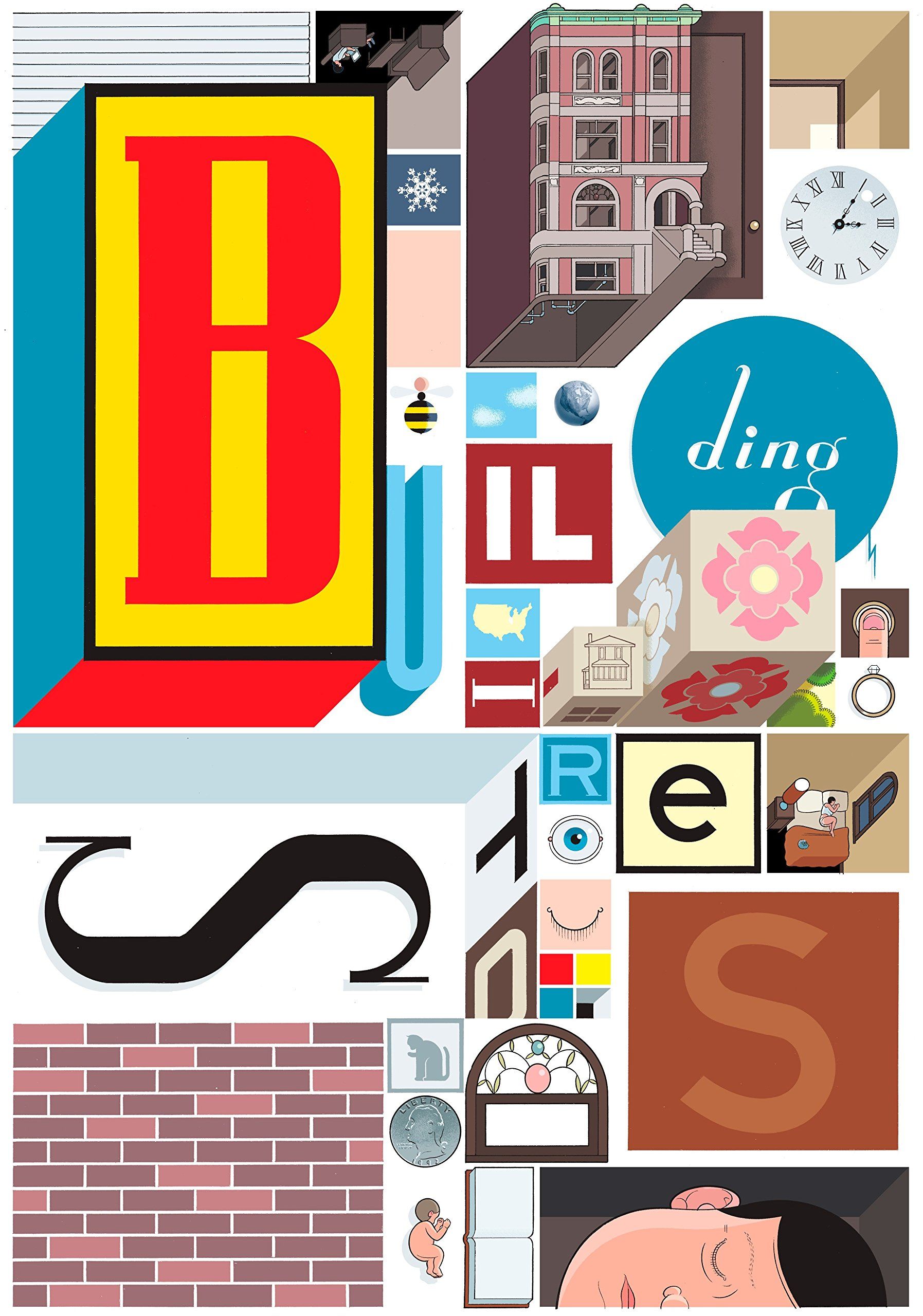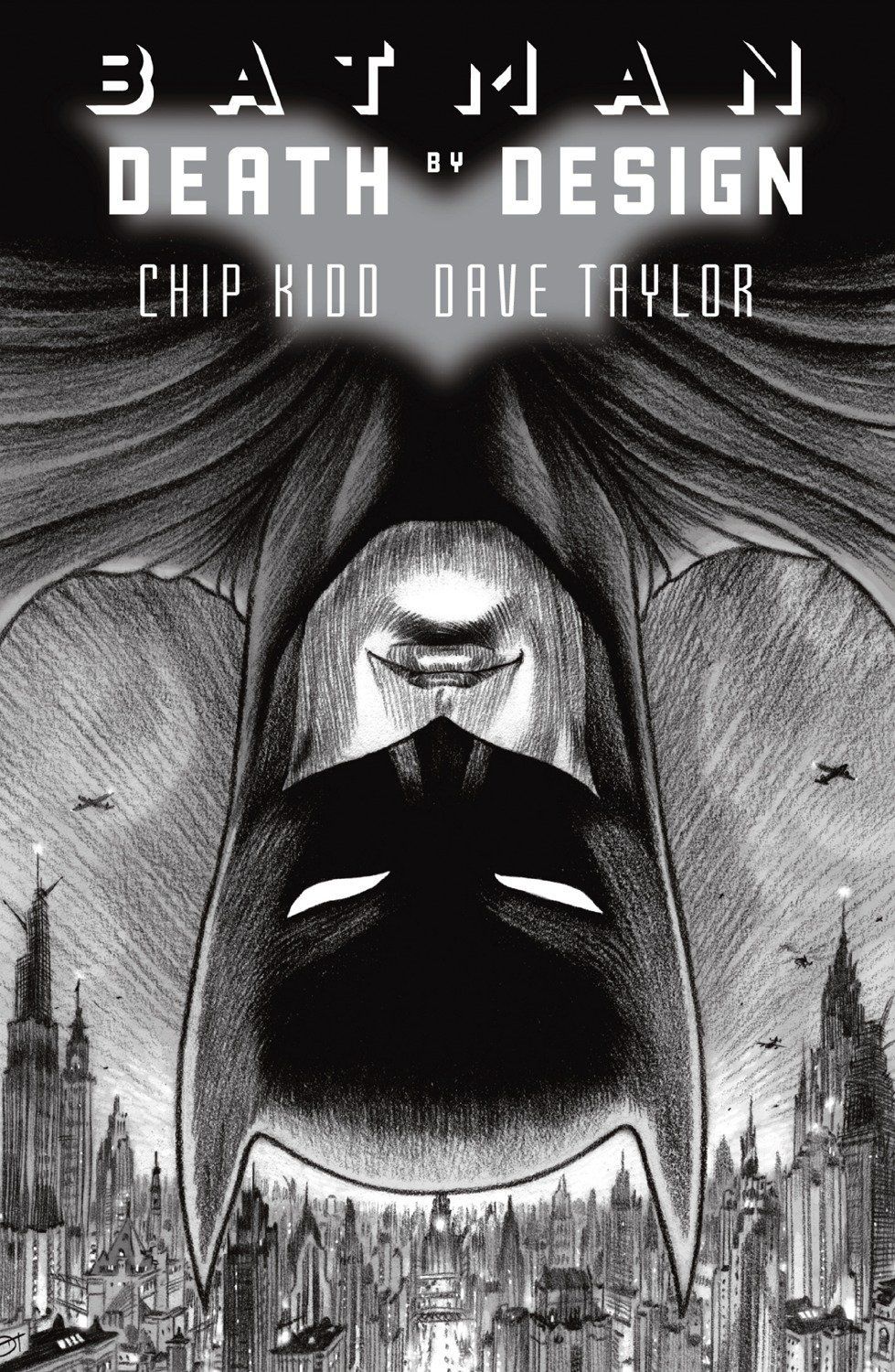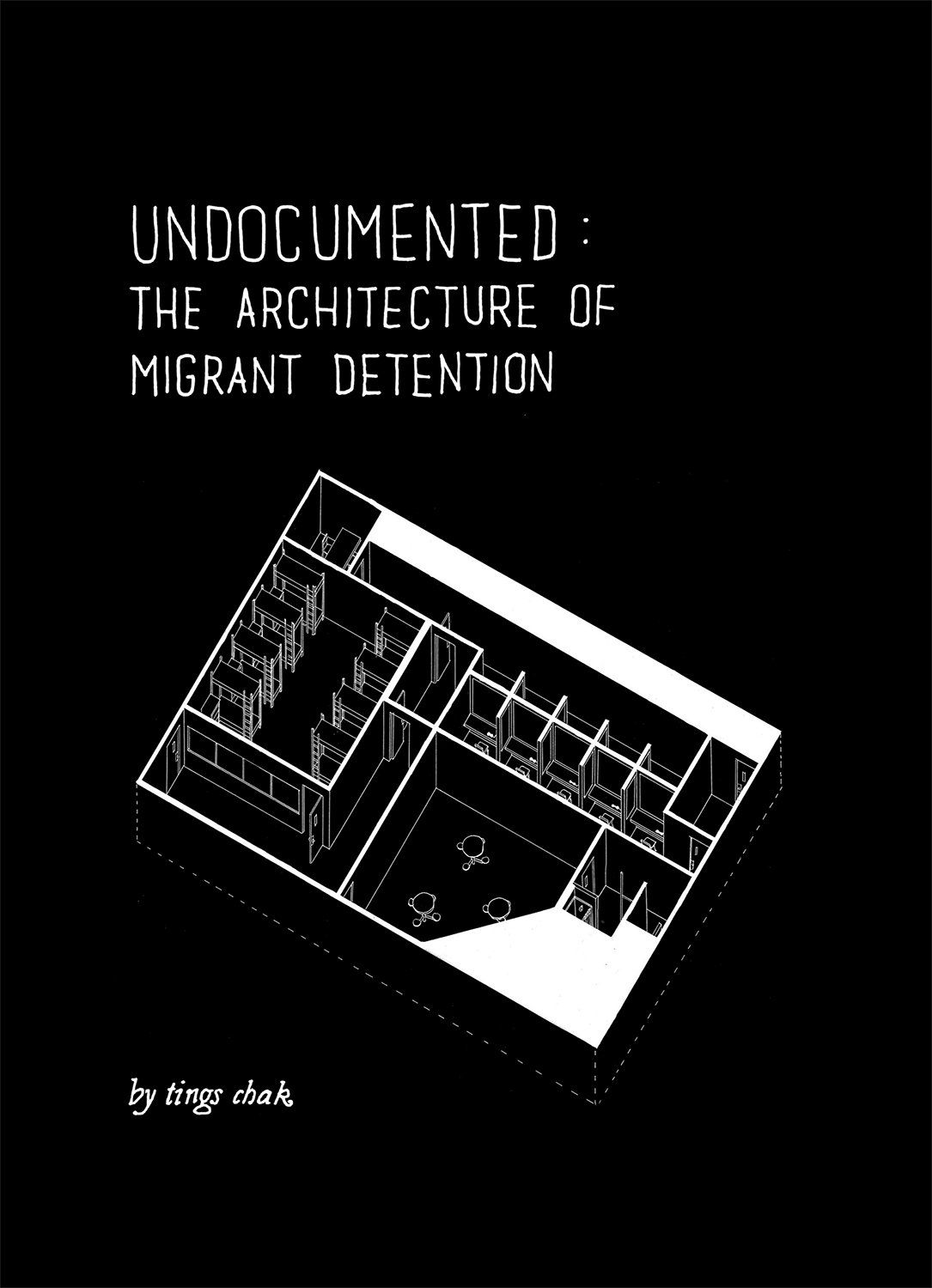There is a fine line between comics and architectural drawings, whether in their layout or drawing technique. They both try to narrate a story in the most efficient and cinematic way. There is so much an architect can learn from comic artists and vice versa; one makes stories in and out of buildings, and the other makes buildings for stories.
What are the most important graphic novels that illustrate this interesting combination?
Here is a list for you to enjoy in your free time:
1. The City: A Vision in Woodcuts | Frans Masereel
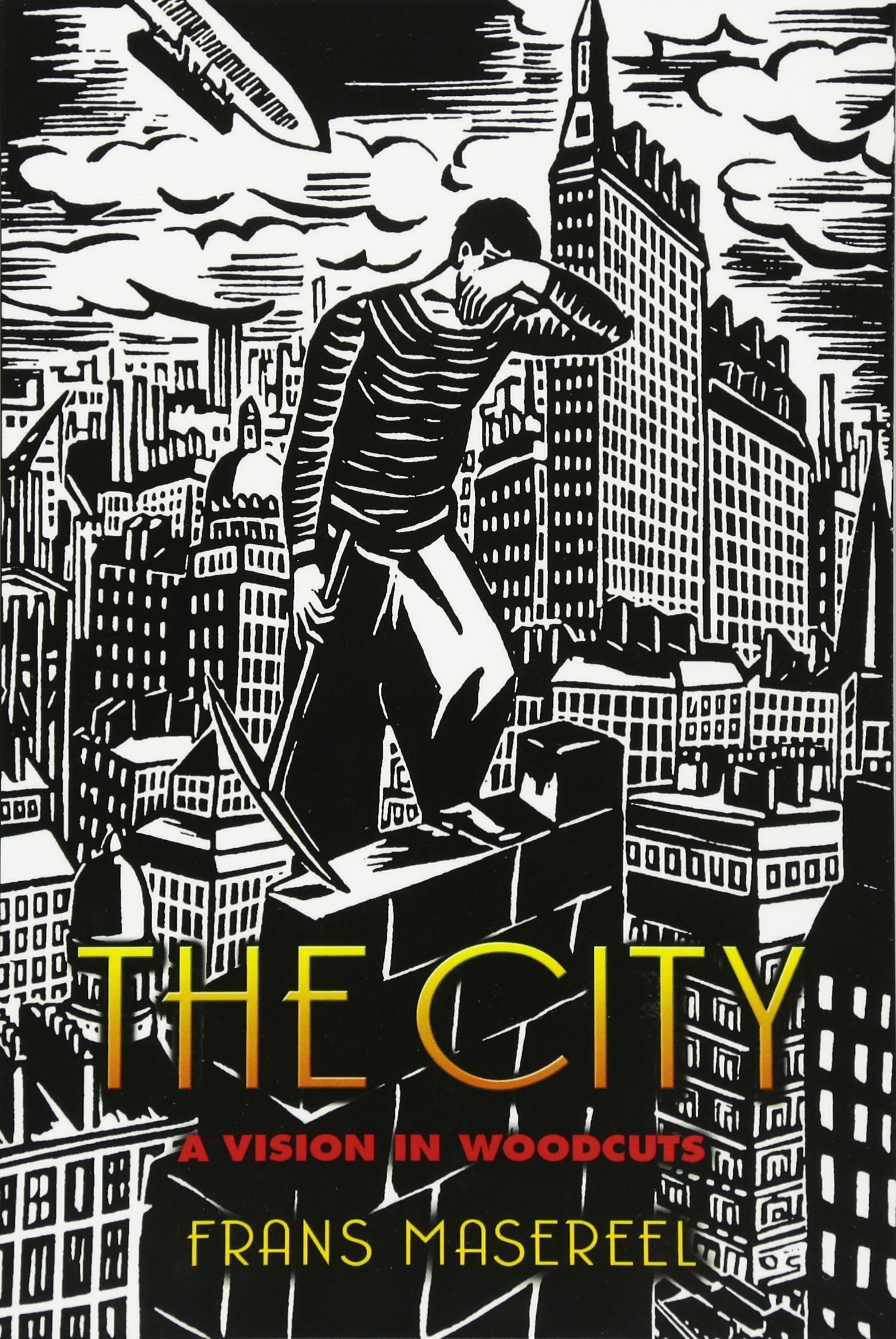
The City: A Vision in Woodcuts | Frans Masereel
Frans Masereel was an early proponent of the graphic novel and the sub-genre wordless novel. The most complete and compelling of these works is The City: A Vision in Woodcuts. Almost a century after its publication in 1925, “The City” remains an emblematic representation of urbanism pertinent to our times. Vision is the correct term because there isn’t a narrative but a series of impressions of what the city is. In one sense it is the day in the life of a city, with images of workers in factories, weddings, parties, military parades. Each piece works as an individual composition depicting the banalities of everyday life, captured through infrastructure, buildings, and architectural artifacts. But looking closer at the details he places throughout, there is a definite hierarchy in the images and it is obvious that despite the trappings of prosperity and modernity the city is a rough place, and only a few win.
2. Robert Moses: The master-builder of New York city | Pierre Christine & Olivier Balez
Robert Moses was the mastermind of New York. Along with Jane Jacobs, they set the foundations of 20th-century American urbanism. Jacobs’ works were mostly by her own hand. Moses, the more monumental if the enigmatic figure, was too busy building to do much writing. From the subway to the skyscraper, from Manhattan’s financial district to the Long Island suburbs, every inch of New York City tells the story of this architect that designed it all. If you want a more palatable introduction to the byways of politics and power in New York City or a great look at urban history, this book is for you.
3. Yes is More | BIG
Yes is More is the easily accessible but unremittingly radical manifesto of Copenhagen-based architectural practice Bjarke Ingels Group, or BIG. An Archicomic as he calls it—it is an illustrated approach to architectural evolution. Unlike a typical architectural monograph, this book uses the comic book format to express its radical agenda for contemporary architecture. It is also the first comprehensive documentation of BIG’s trailblazing practice—where method, process, instruments, and concepts are constantly questioned and redefined. “We believe that there is a pragmatic utopian architecture that creates socially, economically, and environmentally perfect places as a practical objective. At BIG we are devoted to investing in the overlap between radical and reality.”, says the architect.
4. Outskirts of Vision | Nir Levie
Ben is a young architect who suddenly appears in a dangerous, apocalyptic world. He knows what he’s doing there: he’s on a mission to investigate the city. The only person he gravitates towards and communicates with is a violent, rebellious anarchist. It soon becomes apparent that they both share knowledge about the city: they both know that it changes. The city’s plan, its buildings, roads, streets – everything changes, disappears, and reappears elsewhere – suddenly and without warning. Surprisingly, no other person is aware of the changes to the city but the two of them. Together they embark on a journey in which a new, futuristic world unfolds before them while attempting to learn the reason behind the city’s transformations. Their journey will change the way they view the world. Outskirts of Vision is a graphic novel about cities – What constitutes a “good” city? Do city planners really have control over the success of the cities they design? Is there a way to visit a city before it has been built?
5. Bricks and Balloons | Mélanie van der Hoorn
Bricks & Balloons: Architecture in Comic-Strip Form collates the results of cultural anthropologist Mélanie van der Hoorn’s investigation into how the medium of the comic strip has been of importance to architecture. Jean Nouvel, Rem Koolhaas, Bjarke Ingels, and Norman Foster – all these cutting-edge architects have at some time used comic strips to present their projects or reflected on the socio-political context that shaped them. The book features first-hand interviews with architects and comic book artists as well as numerous architectural projects relating to comics.
6. Citizens of No Place | Jimenez Lai
Citizens of No Place is a collection of short stories on architecture and urbanism, graphically represented using manga-style storyboards. Fiction is used as a strategy to unpack thoughts about architecture. Modeled as a proto-manifesto, it is a candid chronicle of a highly critical thought process in the tradition of paper architecture (especially that of architect John Hejduk and Bernard Tschumi’s Manhattan Transcript). The short stories explore many architectural problems through the unique language of the graphic novel, helping usher the next generation of architectural theory and criticism.
7. Building Stories | Chris Ware
Ware’s Building Stories allows us to investigate the parallels between the aesthetic and structural techniques of Ware’s artistic and narrative style and those of an architect: the story’s setting in a Chicago apartment block is developed through the use of axonometric and cutaway axonometric views. The organizing principle of Building Stories is architecture: Ware renders places and events alike as architectural diagrams. He’s certain of every detail of these rooms and tends to splay their furnishings out diagonally to show how they fit together. The unconventional work is made up of fourteen printed works – cloth-bound books, newspapers, broadsheets, and flipbooks – packaged in a boxed set. The work took a decade to complete and the parts of it can be read in any order.
8. Batman: Death by Design | Chip Kidd & Dave Taylor
Batman: Death By Design centers around the construction of a new train station in Gotham to replace the old, rundown Wayne Central Station. The story was inspired in large part by New York City’s Penn Station on how the popular travel hub has become a shadow of its former glory; to Kidd, a designer by trade and student of architecture by hobby, this is beyond depressing. Death By Design clearly echoes Kidd’s sentiments with the real-life station found in NYC, as a few characters in his story serve as vicarious voices to resurrect what was once great instead of tearing it down and starting from scratch.
9. Undocumented: Architecture of Migrant Detention | Tings Chak
Undocumented is a graphic narrative about the lines drawn to divide us. Children growing up behind barbed wire; families torn apart and unable to communicate; people jailed for years, in nightmarish limbo, because they don’t have the right paperwork; these are the stories of North America’s migrant detention systems. A combination of comics, journalism, architectural sketches & commentary from those involved in migrant justice struggles, Undocumented is a blueprint for our understanding of this hidden world. Using the conventional architectural tools of representation, the book questions the role of architectural design in the control and management of migrants in such spaces.
10. The Life of an Architect…And What It Leaves Behind | Mike Hermans
This graphic novel is about the life of architect Archibald and his daily struggle with his office colleagues, employees, clients, contractors, civil servants, consultants, architecture critics, and other people involved in the building industry. Archibald runs an architecture office with his partner and engineer, Gerald. While Archibald is a visionary and a romantic dreamer with a tendency to idealistic and egocentric behavior, Gerald is the rational one who keeps his feet on the ground. An exploited intern named Ralph; a narrow-minded IT specialist named John, and a weird cardboard model builder named Mr. Shan also work in their office. Archibald is married to Charlotte, a successful lawyer who quit her job to help Archibald clean up his administrative mess. They have two children: Archie, his six-year-old son who wants to be the best architect in the world, and Charly, a smart-mouthed ten-year-old daughter with a strong dislike for everything regarding art.


